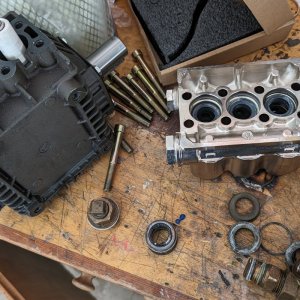"Rinse" and "Neutralize" are terms we don't always use correctly in our industry:
1. Rinse: When we are describing "rinsing", it usually implies removing detergent and leaving the textile (carpet/upholstery) relatively residue free. That's something that is difficult to do completely; even in a laundry cycle there is residue left after the rinse cycle. (Ask anyone with sensitive skin if the "wrong" laundry detergent is used). In carpet and upholstery cleaning, its even more difficult.
What you "rinse" with can be a detergent (even alkaline...such products remove some traffic lane cleaner residue best because they break down the components of that prespray better than clear water or acid), an acid rinse, or clear water.
Whether rinsed with soft, "RO", or even "DI" water, nothing is completely free of residue after rinsing, even rugs that are immersed in water and flushed over and over again. But many cleaners do (and should) try to leave as little residue as practically possible. Textiles stay cleaner longer, and protector bonds better, when you do.
2. Neutralize: This one is a little tricky. While a pH listed on a label may seem to be "just right" to neutralize another (such as the prespray and acid listed) its extraordinarily difficult to get a true "pH balance" when following an alkaline with an acid. But there are some benefits of neutralizing alkaline residues when cleaning some textiles, including the prevention of bleeding, browning, and some other color related issues. The hand of the textile is also improved when alkaline residues are neutralized. Spraying an acid rinse on a textile after cleaning, but not extracting yet again (with "wet" vacuuming or absorbent bonnet or toweling) does not remove residues, it just leaves a neutral residue.
Just remember, you can rinse without neutralizing, and you can neutralize without rinsing.
Last thought: Using an alkaline cleaning agent in your injection solution ("rinse" not being the best possible term here), is not necessarily bad. Despite information bandied about in our industry, I was involved in a meeting of fiber producers and carpet manufacturers, and none would state for the record an ideal "remaining" pH for carpet. They only said they wanted as little surfactant residue as possible (regardless of pH) left behind.




